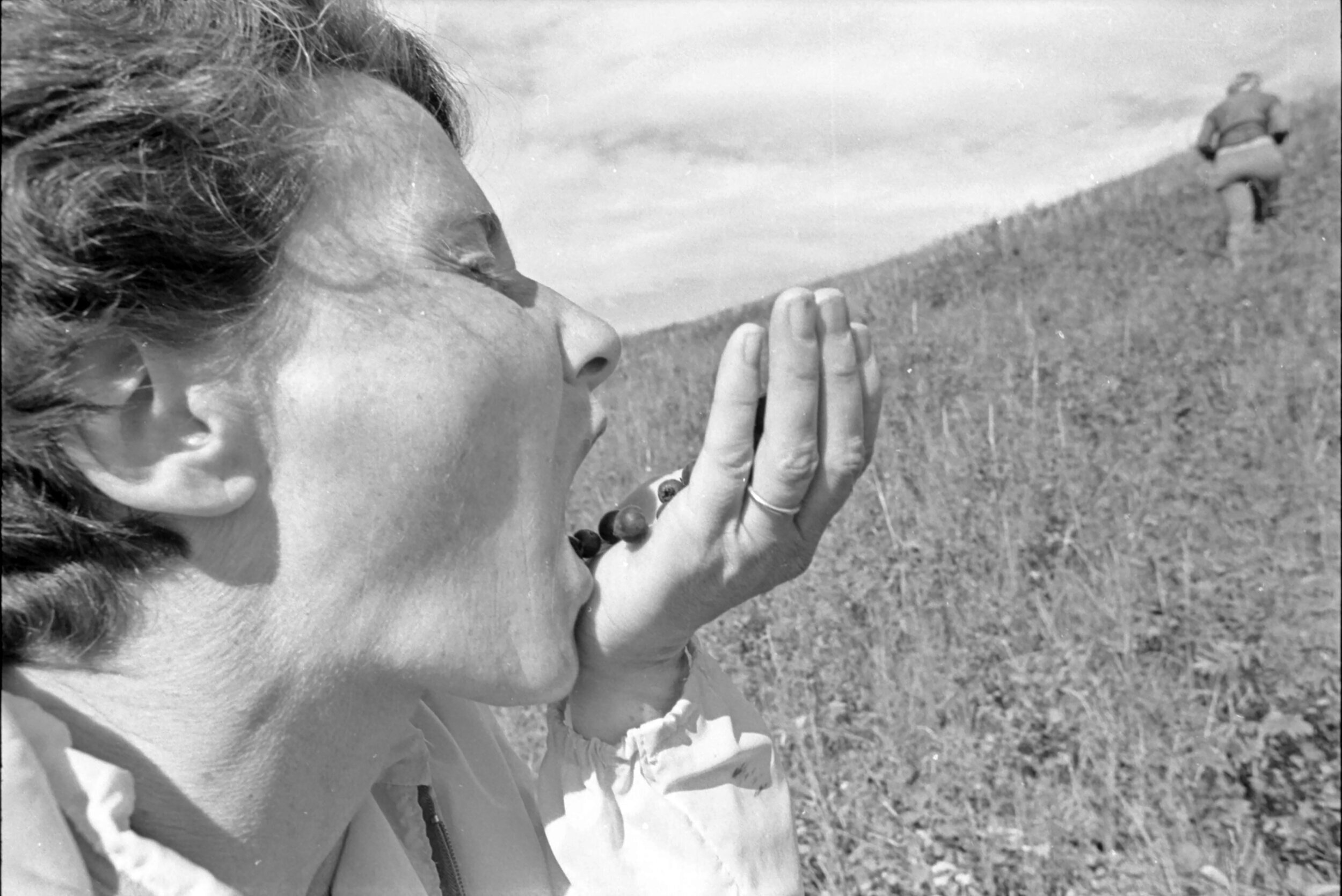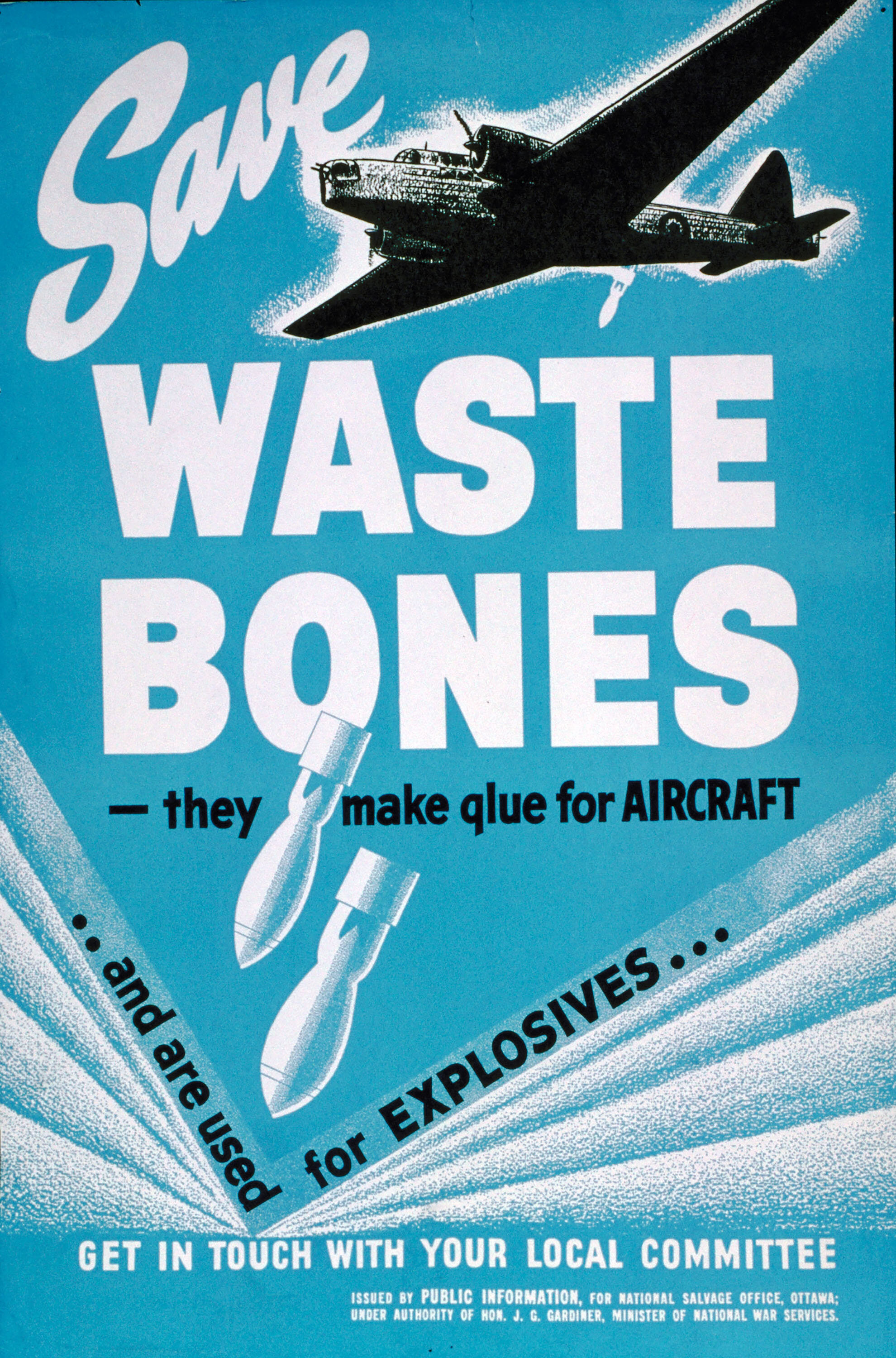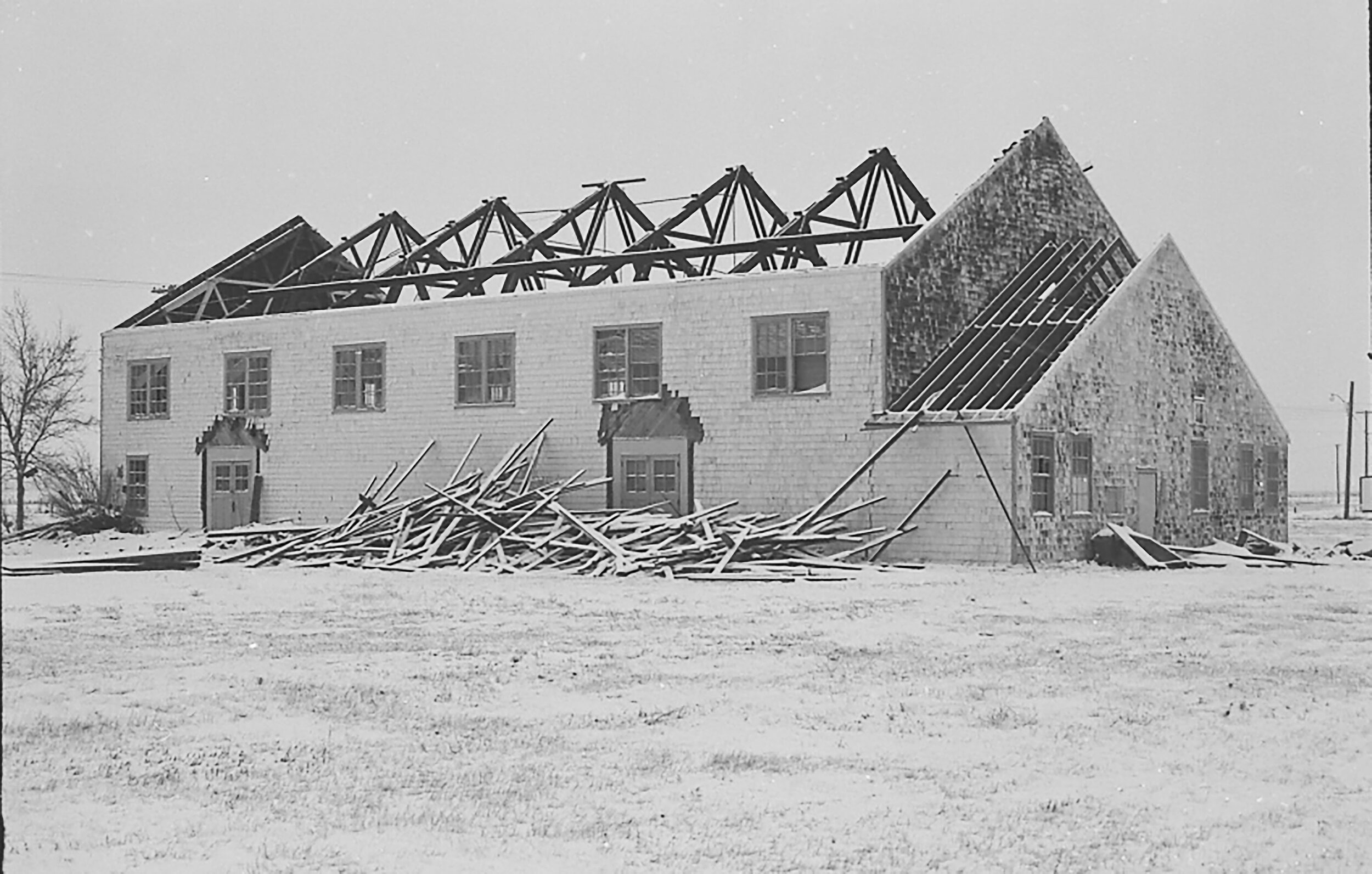Recycled Lethbridge exhibit logo
Curated by Bobbie Fox
Introduction
Letting nothing go to waste is a strong element of the southern Alberta mentality. It stems from living in a beautiful but, at times, unforgiving environment. In a world dealing with climate change, consider the long history of recycling and upcycling in southern Alberta.
What we do with our garbage is very much influenced by economic and cultural needs. When times were prosperous, waste was abundant and quickly discarded. Once life became difficult through war, a depressed economy, famine or disease, we became more conscious of what we threw away and how it could be reused.
Some common items have found new uses when recycled. Cloth rags have been reborn as paper, old linen and drapery transformed into clothing, plastic bags converted into rugs. All this was done in the name of thriftiness and necessity. The motivation for recycling efforts in the later twentieth century seems to be primarily environmentally influenced.
Patriotic Recycling
To aid in the war effort, citizens of the allied nations were encouraged by their governments to donate materials for recycling, as a contribution to the war effort and as an expression of patriotism. Recycling materials at home also meant more resources went overseas to the warfront. This increased the chance of victory at war.
By January 1942, Lethbridge had two salvage depots. One was in the north and one was in the south. By 1943, over 20,000 pounds of scrap iron, 100 pounds of fat, and 3,000 pounds of waste paper and cardboard had been salvaged. The salvage centres were run by volunteers from various organizations including the Boy Scouts, the Imperial Order Daughters of the Empire, and various ladies church auxiliaries.
Advertisements, newspaper articles and posters published by the National Salvage Committee encouraged citizens to participate and show their loyalty to Canada.
Adaptive Reuse
The adaptive reuse of a building can occur in a couple of ways. The first is when a building is demolished and the materials are salvaged and used in the construction of another building. This occurs frequently when construction materials are scarce.
The second method is when a building is used for a purpose different from its original function. If the “bones” of the heritage structure are still solid, adaptive reuse is a viable strategy for protecting our built heritage while giving it new utility. It has the added bonus of being a sustainable alternative to building new which minimizes waste and makes the most of resources. Sadly, in some cases, the costs of upgrading a heritage building to modern building codes within the confines of heritage requirements can be prohibitive.
Lethbridge has many examples of adaptive reuse in action. The photos in this section are but a few.
Modern Recycling
The modern recycling movement arose out of the conservationist movement in the nineteenth century, which worked to protect fisheries and wildlife. It was during this time and into the early twentieth century that Canada saw the creation of its national park system. The Canadian Forestry Association also came into being around this time to protect Canada’s forests.
The first official Earth Day was on March 21, 1970. It was a movement spearheaded by American newspaper publisher John McConnell. He was also an environmentalist who believed that people should be reminded of their shared responsibility as environmental stewards and put forward the idea of an annual global holiday during the 1969 UNESCO Environmental Conference. The date was changed to April 22 but continues to be celebrated to this day.
In the years following, the concepts of sustainability and environmental justice have become vital concepts as the spectrum of climate change and global warming have changed the landscape of the earth we live on.
Thank You
A sincere thank you to Heather Gowland, the Education & Community Initiatives Specialist at Waste and Recycling Services for all her help and support in the creation of this exhibit. Thank you also to photographers Mike Jensen and Ian Martens for allowing their work to be a part of this exhibit.































